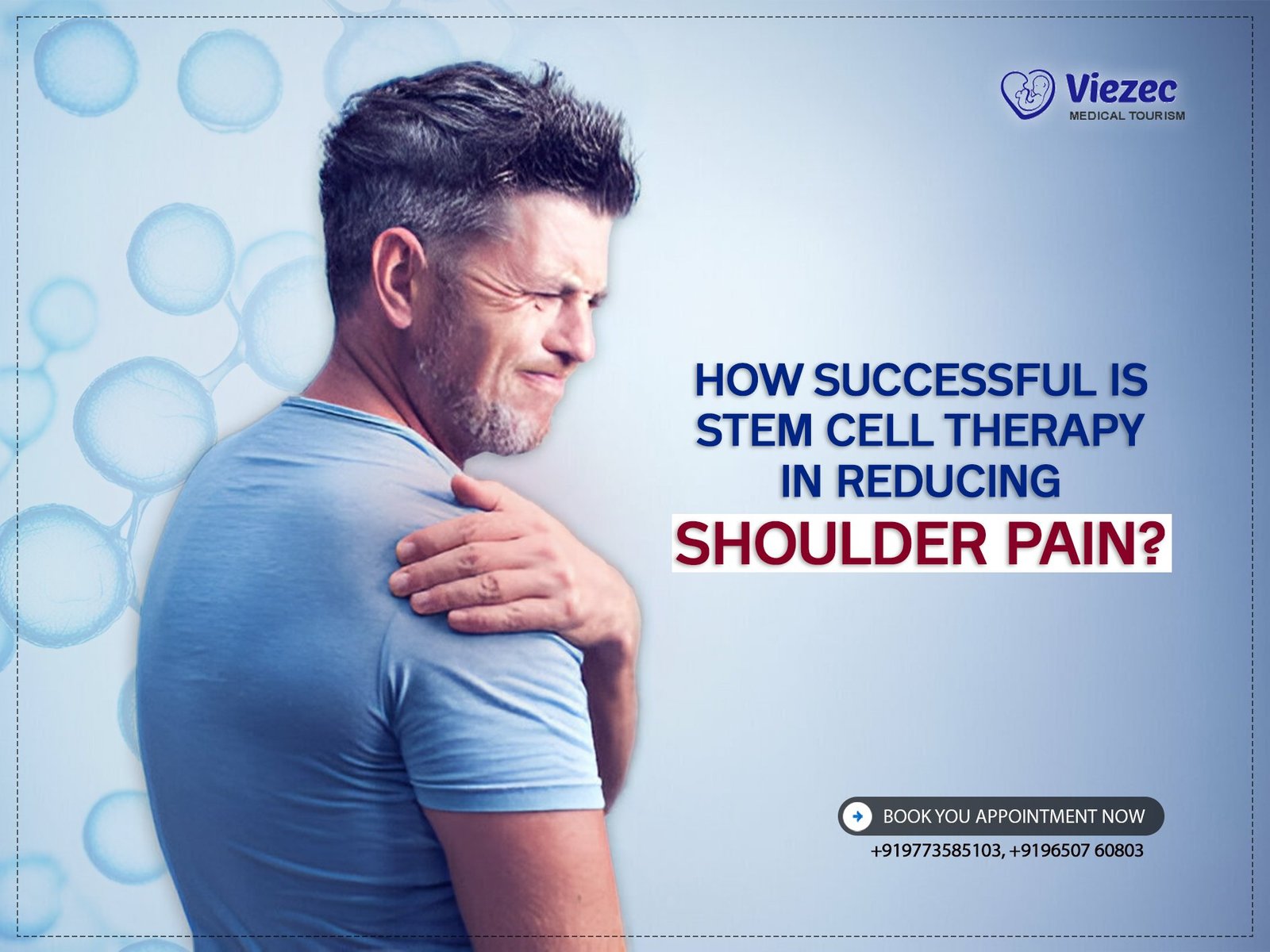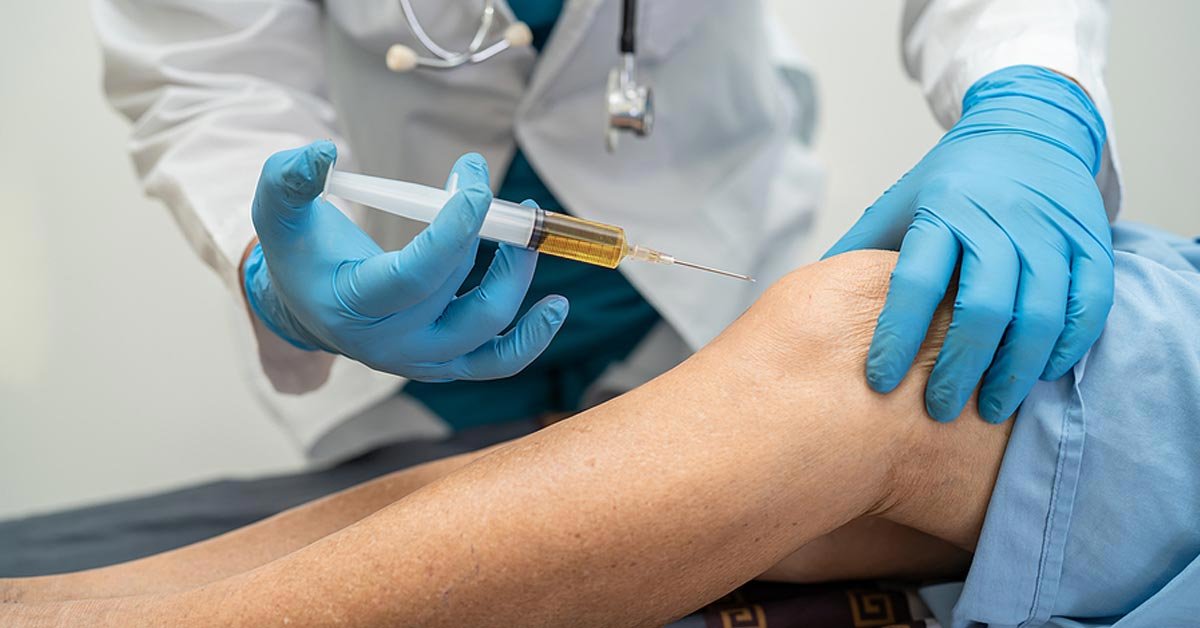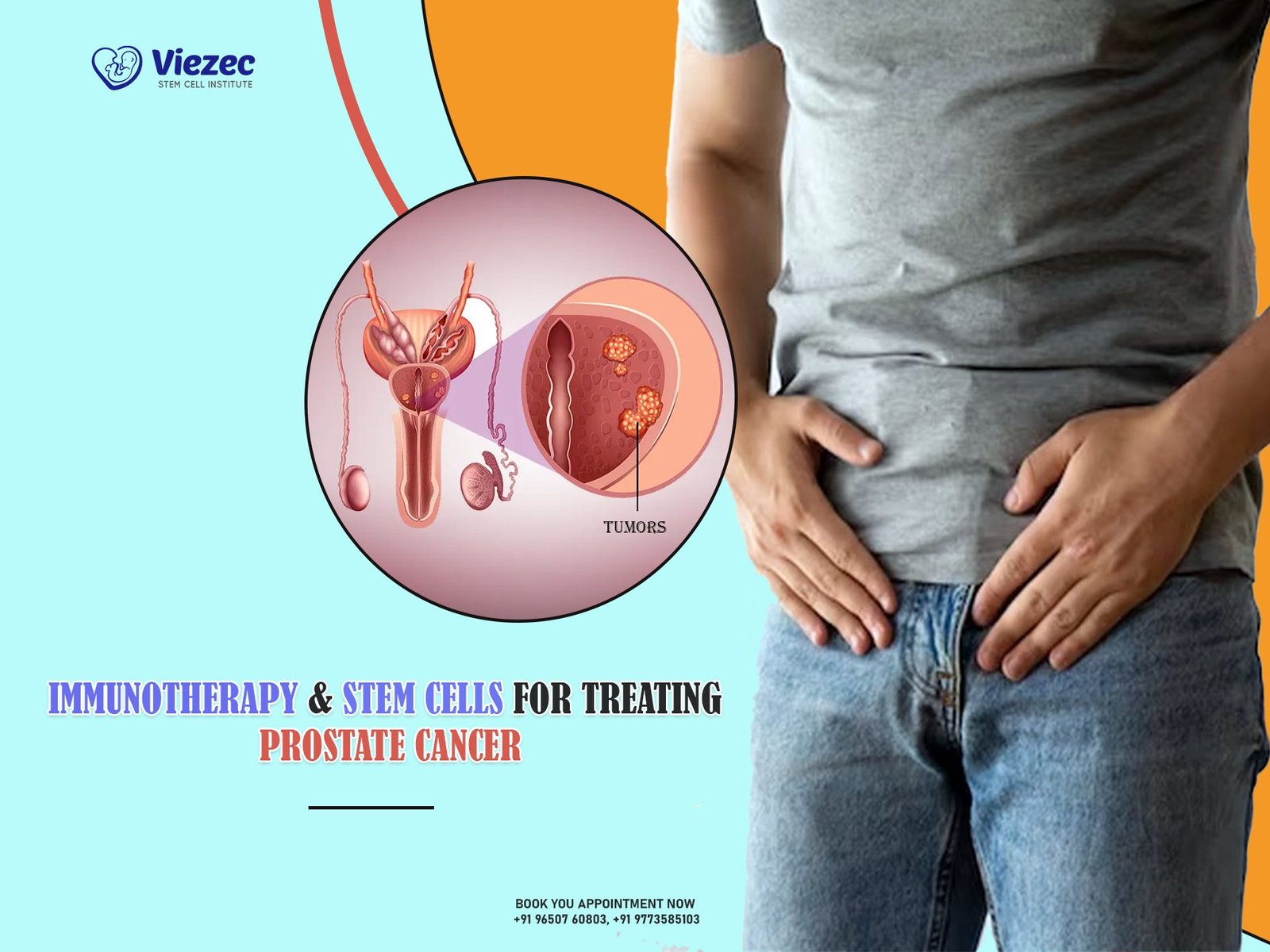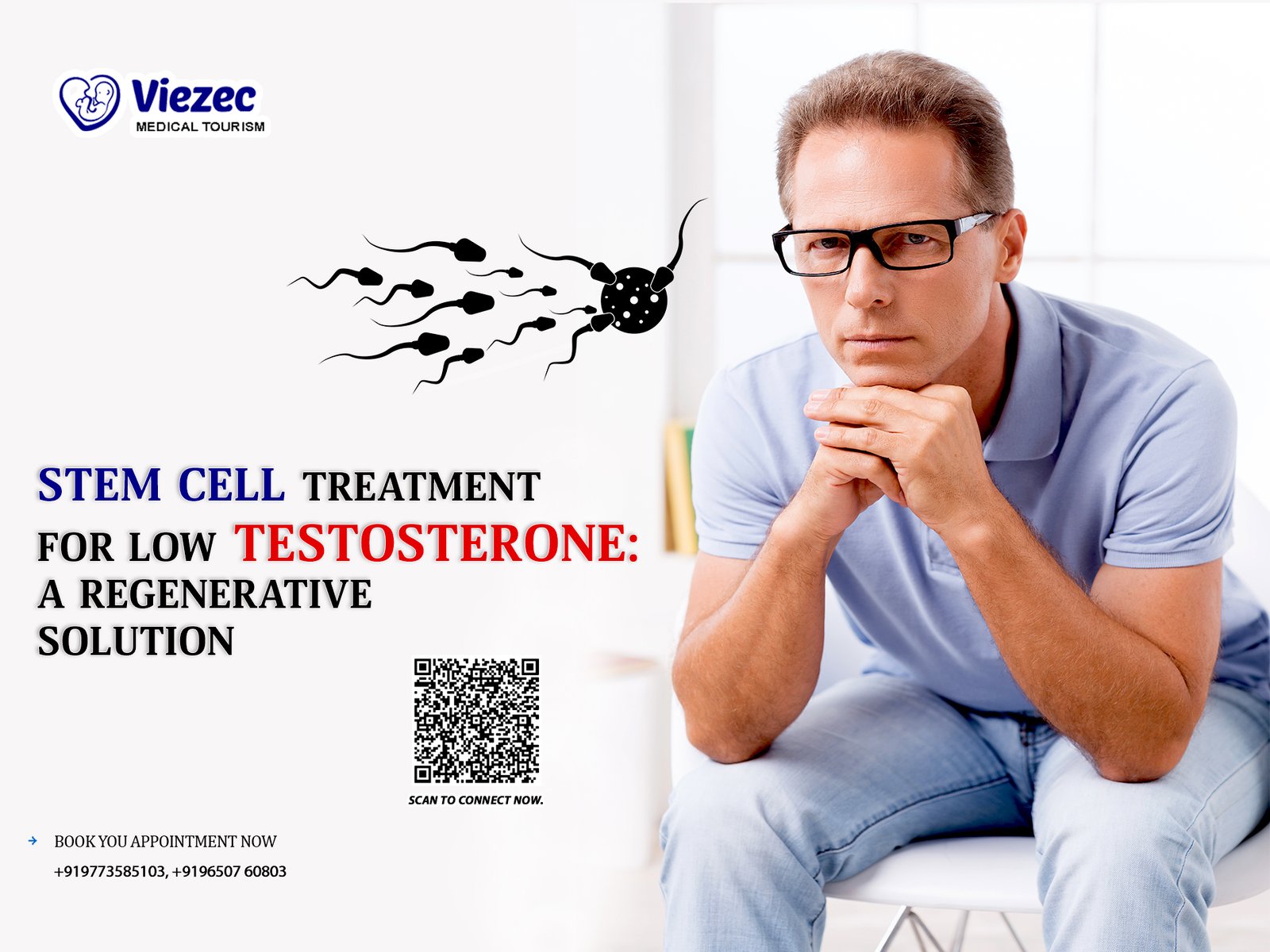Stem cell therapy has emerged as a promising treatment option for individuals suffering from shoulder pain, particularly those with conditions like arthritis, tendonitis, and rotator cuff tears. This article explores the efficacy of stem cell therapy in alleviating shoulder pain by examining its mechanisms, clinical evidence, types of stem cells used, procedural aspects, patient selection criteria, benefits, risks, and a comparison with traditional treatments.
Definition and Mechanism of Stem Cell Therapy
Stem cell therapy involves the use of stem cells to promote the repair and regeneration of damaged tissues within the shoulder joint. Stem cells are undifferentiated cells that can differentiate into specialized cell types, aiding in tissue repair and potentially reducing inflammation associated with shoulder pain.
Overview of Shoulder Pain Causes and Current Treatments
Shoulder pain can arise from various conditions such as osteoarthritis, rheumatoid arthritis, tendinitis, bursitis, and injuries like rotator cuff tears. Current treatments include physical therapy, medications, corticosteroid injections, and in severe cases, surgical interventions like shoulder replacement.
Understanding Shoulder Pain Conditions
Common Shoulder Pain Conditions: Arthritis, Tendonitis, Rotator Cuff Tears
Arthritis of the shoulder involves the degeneration of joint cartilage, leading to pain and stiffness. Tendonitis refers to inflammation of the tendons connecting muscles to bones around the shoulder joint, causing pain with movement. Rotator cuff tears occur when tendons in the shoulder tear from overuse or injury, resulting in pain and weakness.
Impact of Chronic Shoulder Pain on Quality of Life
Chronic shoulder pain can significantly impair daily activities, including basic movements like reaching or lifting objects. It affects sleep quality and overall physical functioning, leading to decreased quality of life and psychological distress in many individuals.
Mechanisms of Stem Cells in Pain Reduction
Regenerative Properties of Stem Cells
Stem cells possess regenerative capabilities, promoting the healing of damaged tissues by releasing growth factors and cytokines. They can differentiate into various cell types required for tissue repair, potentially restoring functionality and reducing pain in the shoulder joint.
Interaction with Inflammatory Processes in the Shoulder
Inflammation plays a key role in many shoulder pain conditions. Stem cells modulate inflammatory responses by regulating immune cells and cytokine production, thereby mitigating inflammation and contributing to pain relief.
Clinical Studies and Research Findings
Overview of Clinical Trials on Stem Cell Therapy for Shoulder Pain
Clinical trials have investigated the effectiveness of stem cell therapy in treating shoulder pain across different patient populations and conditions. These studies provide valuable insights into the therapeutic potential and outcomes associated with stem cell interventions.
Key Findings and Success Rates in Different Patient Groups
Research findings indicate varying success rates of stem cell therapy depending on factors such as the type and severity of shoulder condition, patient age, overall health, and the specific protocol used for stem cell administration.
Types of Stem Cells Used in Therapy
Sources of Stem Cells: Autologous vs. Allogeneic
Stem cells can be sourced from the patient’s own body (autologous) or from a donor (allogeneic). Autologous stem cells are typically harvested from bone marrow or adipose tissue, whereas allogeneic stem cells come from umbilical cord blood or other donors.
Differentiation and Effectiveness in Shoulder Tissue Repair
The differentiation potential of stem cells determines their effectiveness in repairing shoulder tissues. Stem cells capable of differentiating into cartilage, tendon, or muscle cells are particularly valuable in addressing specific types of shoulder injuries or degenerative conditions.
Procedure and Administration of Stem Cell Therapy
Preparation and Extraction of Stem Cells
Stem cell therapy involves harvesting stem cells from the chosen source (e.g., bone marrow aspiration or adipose tissue extraction). The extracted cells are then processed to concentrate and purify them before administration.
Delivery Methods: Injection Techniques and Surgical Options
Stem cells can be delivered into the shoulder joint through minimally invasive injections guided by ultrasound or fluoroscopy. In more complex cases, surgical procedures may be required to ensure precise placement of stem cells within damaged tissues.
Patient Selection and Eligibility Criteria
Ideal Candidates for Stem Cell Therapy
Ideal candidates for stem cell therapy include individuals with chronic shoulder pain refractory to conservative treatments, those seeking alternatives to surgery, and patients with early-stage shoulder conditions amenable to regenerative treatments.
Factors Affecting Treatment Success: Age, Severity of Condition, etc.
Success rates of stem cell therapy may vary based on patient age, overall health, the severity and duration of shoulder pain, and the presence of underlying medical conditions affecting treatment outcomes.
Benefits and Potential Risks of Stem Cell Therapy
Efficacy in Pain Reduction and Functional Improvement
Stem cell therapy has shown promise in reducing shoulder pain, improving joint function, and enhancing quality of life for many patients. It offers a non-surgical alternative with potential long-term benefits.
Common Risks and Side Effects Associated with the Procedure
Although generally considered safe, stem cell therapy may carry risks such as infection at the injection site, temporary pain or swelling, and in rare cases, unintended tissue formation. Patients should discuss potential risks with their healthcare provider.
Comparative Analysis with Traditional Treatments
Comparison with Physical Therapy and Medications
Compared to traditional treatments like physical therapy and medications, which primarily manage symptoms, stem cell therapy aims to repair and regenerate damaged tissues, potentially offering more sustainable pain relief and functional improvement.
Long-term Cost-effectiveness and Sustainability
While upfront costs of stem cell therapy may be higher than traditional treatments, its potential to reduce the need for ongoing medications, injections, or surgical interventions can lead to long-term cost savings and improved overall healthcare outcomes.
Patient Perspectives and Testimonials
Case Studies and Patient Experiences
Numerous case studies and patient testimonials highlight positive outcomes following stem cell therapy for shoulder pain. Many individuals report reduced pain levels, increased mobility, and enhanced quality of life after undergoing treatment.
Reported Outcomes and Quality of Life Improvements
Patients often experience significant improvements in daily activities, sleep patterns, and overall well-being following stem cell therapy. These outcomes underscore the potential benefits of regenerative medicine in managing chronic shoulder pain.
FAQs
1. Is stem cell therapy FDA-approved for treating shoulder pain?
Stem cell therapy is currently not FDA-approved for shoulder pain treatment but is offered by qualified healthcare providers as an investigational treatment under specific guidelines.
2. How long does it take to see results from stem cell therapy for shoulder pain?
Results vary among individuals, but some patients report improvements within a few weeks to months after treatment, with continued benefits over time.
3. Are there any alternatives to stem cell therapy for managing shoulder pain?
Yes, alternatives include physical therapy, anti-inflammatory medications, corticosteroid injections, and in severe cases, surgical interventions such as shoulder arthroscopy or joint replacement.
4. What are the costs associated with stem cell therapy for shoulder pain?
Costs can vary widely depending on factors like the type of stem cells used, the number of treatments required, and the healthcare provider’s fees. Patients should inquire about costs during their initial consultation.
For more information on stem cell therapy for shoulder pain and to explore whether you might be a candidate for this innovative treatment option, visit our website or schedule a consultation with a qualified healthcare provider specializing in regenerative medicine.









